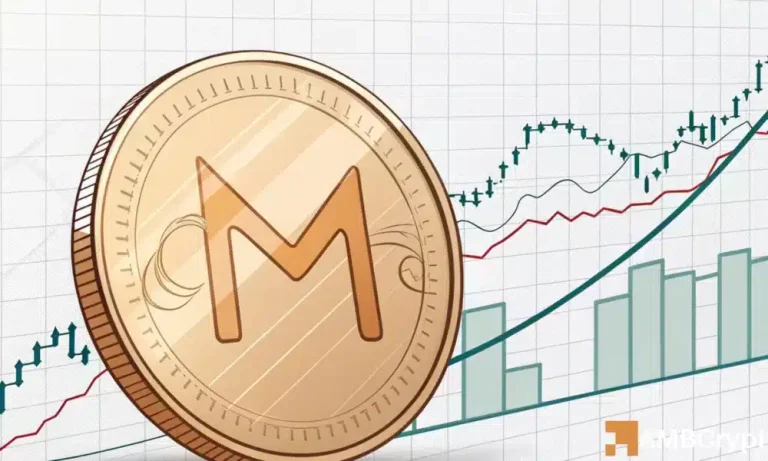
“`html
Introduction

Bitcoin, the pioneering cryptocurrency, has come a long way since its inception in 2009. As we look towards 2025, it’s essential to understand how Bitcoin has evolved and what the future may hold. This article delves deep into Bitcoin’s journey, exploring its market dynamics, technological advancements, and the regulatory landscape.
The Evolution of Bitcoin

Bitcoin began as an experimental digital currency, introduced by an anonymous entity known as Satoshi Nakamoto. Its evolution can be categorized into several key phases:
1. The Early Days (2009-2013)
In the early years, Bitcoin was mainly used by tech enthusiasts and libertarians. The first real-world transaction occurred in 2010 when a programmer paid 10,000 BTC for two pizzas. This marked the beginning of Bitcoin’s value recognition.
2. Growing Popularity (2013-2017)
Bitcoin’s price surged in late 2013, reaching over $1,000 for the first time. This attracted media attention and a new wave of investors. The launch of exchanges like Coinbase made it easier for people to buy Bitcoin.
3. Mainstream Adoption (2017-2020)
By 2017, Bitcoin reached an all-time high of nearly $20,000. Institutional interest began to rise, with companies like Microsoft and Expedia accepting Bitcoin as payment. The introduction of Bitcoin futures by major exchanges signaled further legitimacy.
Market Trends Heading to 2025

As we approach 2025, several market trends are shaping the future of Bitcoin:
1. Institutional Investment
Institutional players are increasingly entering the Bitcoin market, viewing it as a hedge against inflation and currency devaluation. Companies like Tesla and Square have added Bitcoin to their balance sheets, signaling strong confidence in its long-term value.
2. Increased Regulation
Regulatory scrutiny is intensifying globally, with governments seeking to establish frameworks for cryptocurrency operations. While this can be seen as a threat, clear regulations could also foster safer environments for investors. For more insights on this, check out Timeless Pure Beauty.
3. Technological Advancements
Innovations like the Lightning Network are addressing scalability issues, making Bitcoin transactions faster and cheaper. By 2025, we may see widespread adoption of these technologies, enhancing Bitcoin’s usability.
The Future of Bitcoin: Predictions for 2025

As we analyze Bitcoin’s trajectory, several predictions can be made for 2025:
1. Price Projections
Analysts have varying predictions for Bitcoin’s price by 2025, with estimates ranging from $100,000 to $1 million. Factors influencing these projections include market demand, adoption rates, and macroeconomic conditions.
2. Global Acceptance
Bitcoin could become a widely accepted form of payment, with more merchants and platforms integrating it as a payment option. This would enhance its utility and drive further adoption.
3. Environmental Considerations
As concerns about Bitcoin’s energy consumption grow, there’s potential for shifts towards more sustainable mining practices. By 2025, we may see innovations that reduce Bitcoin’s environmental impact.
Conclusion

Bitcoin’s journey from a niche digital currency to a mainstream asset is remarkable. As we look ahead to 2025, the evolution of Bitcoin will be shaped by market trends, regulatory developments, and technological advancements. Investors and enthusiasts alike should stay informed about these changes to navigate the exciting future of Bitcoin effectively. For more on beauty and elegance, explore Radiant Allure.
“`





